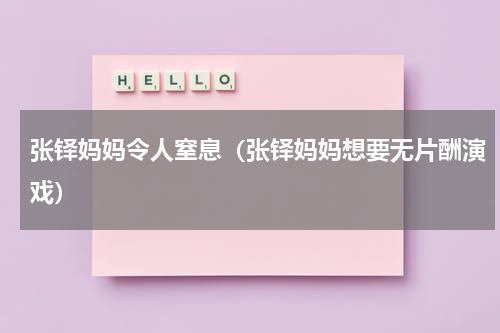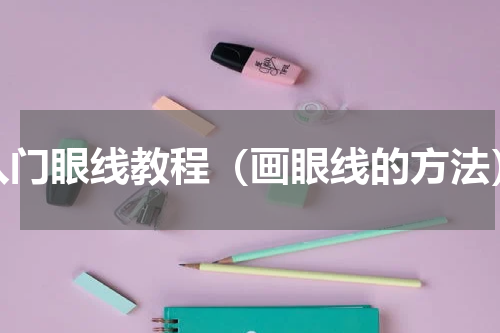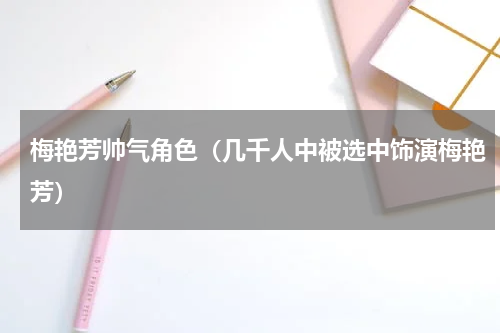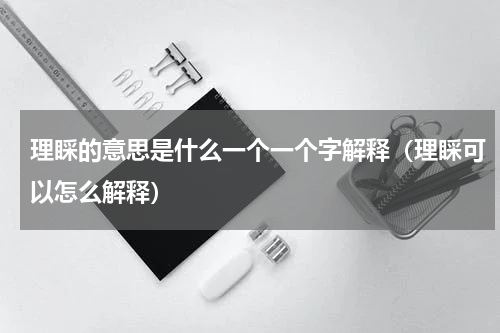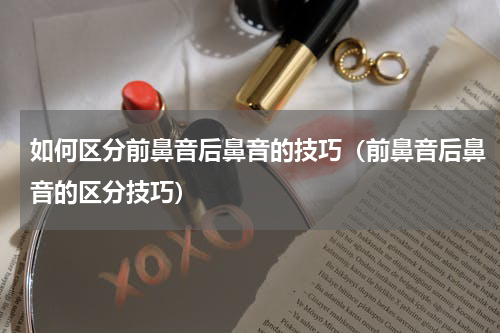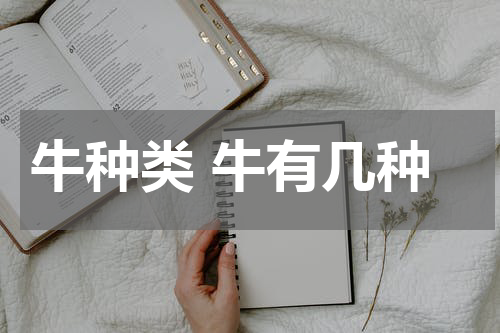就是这一张卫仲乐经典国乐唱片《ClassicalMusicofChina》其中也找到了这张专辑的曲目列表,让我感兴趣的就是这首箫曲以及对箫的英文翻译。录制这张唱片是1939年,还处于民国时期,拼音方案使用的WG威氏拼音法,在1958年大陆推广汉语拼音方案前广泛被用于人名、地名注音,影响较大,1958年后在大陆逐渐废止。配合着视频和箫音乐赏析或许效果会更好。有可能让他一下子就喜欢上箫这件深沉的乐器。
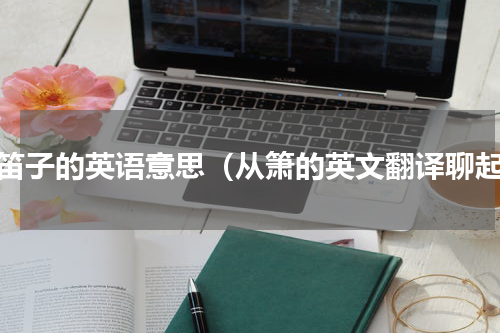
文:田龙
缘起:前几日在编辑陈正生老师的文章《谈谈妆台秋思》的时候看到了文中提到了1939年卫仲乐先生在美国MUSICRAFT唱片公司灌制了四张唱片,其中有一首洞箫独奏《妆台秋思》。然后我就按图索骥,看看是否能找到这几张专辑的蛛丝马迹,果真还让我给找到了。
就是这一张卫仲乐经典国乐唱片《Classical Music of China》
其中也找到了这张专辑的曲目列表,让我感兴趣的就是这首箫曲以及对箫的英文翻译。
对比就知道,语言真奇妙
节目单和第四张唱片A面的曲目为“Temple Meditation”(242-A/RS-743B),如果从英文直译既不是《佛上殿》(Buddhas In The Temple)也不是《妆台秋思》(Autumn Recollections)而应该是“寺庙冥想”云云。但是收录在《卫仲乐演奏曲集-音乐艺术七十年纪念集》里边的只有一首箫曲就是这首“妆台”,另外跟陈正生先生求证,也证实这张专辑里边的箫曲就是“妆台”,可见当时的曲名翻译应该是不准确的。
除了曲名之外还有一个地方也引起了继续探究的兴趣,就是“箫”的英文翻译。这里的翻译写作“Hsiao”和“Phoenix Flute”,对笛子的翻译就是“Ti-Tze”和“Horizontal Flute”。
现在所见到的箫的翻译基本上是“Xiao”,与Hsiao不同的就是这个声母:现代是X,民国时为Hs。录制这张唱片是1939年,还处于民国时期,拼音方案使用的WG威氏拼音法,在1958年大陆推广汉语拼音方案前广泛被用于人名、地名注音,影响较大,1958年后在大陆逐渐废止。所以Hsiao就是当时的拼音。此理同样就可以窥见笛子的翻译“Ti-Tze”也就是当时的拼音。
所以紧接着就是箫演奏家或者笛子演奏家的翻译就可以借用钢琴演奏家pianist、小提琴演奏家violinist或者flautist等等后面加个“ist”就可以了:Xiaoist、Dizist。当然也可以在乐器名字后面加一个 player,就成了 Xiao Player。
不知怎么,突然想起了前几天Huawei改名Wahway的新闻,外国人读不出Huawei,但是可以轻松读出Wahway。
而Phoenix Flute就是“凤箫”的意思,名字极为典雅,翻译成英文也有一种优雅的感觉,是一种对照拼音翻译的学名(比如 Bird Man可以翻成波德曼,对应的就是鸟人)。凤箫在中国古代是排箫,但是古时候对“箫”这个字的意思的含义很混乱,有时候是“排箫”,有时候指的是“笛子”,还有的的就是“箫”本身(引号里的是指现代概念),其实我粗浅的认为是古代的文人对这件乐器不了解,但是除了他们大部分人又不会写诗做赋留下文字,最终就只能由这些掌握话语权的文人墨客以讹传讹的记录并流传下来。
对笛子的翻译就成为乐器状态的描述,比较客观的描写“Horizontal Flute”横着吹的笛子,相对应箫更客观描述也可以叫做:End-blown vertical bamboo flute” 、“Edge-blown vertical bamboo flute” (吹嘴在顶部竖吹竹子做的笛)。
如何向外国人介绍中国的箫?
去年我曾经编写过一篇外国人学洞箫的文章《箫行世界,这些外国人可能让中国箫变成一件世界性乐器》,有好多“歪果仁”喜欢学习洞箫。
以前我在韩国的时候给韩国人介绍洞箫,因为他们有跟中国笛箫相似的大笒、筒箫、短箫等等这样的可对比参照系,所以理解起来就很容易。但是其他的理解起来就比较费劲了。所以万一你碰到一位对中国文化感兴趣的外国人,该怎么样介绍箫,这就需要做点功课了。
查阅了一些资料,参考了维基百科里的词条,但是里边还有些是不准确或者是不全的,所以就综合一些资料整理了一下箫的英文介绍。你直接把这篇文章告诉你的外国朋友,如果他/她对中国文化感兴趣。配合着视频和箫音乐赏析或许效果会更好。有可能让他一下子就喜欢上箫这件深沉的乐器。
这个介绍更多的是客观的描述,没有形容性的词汇,另外因为个人能力有限,有错误的地方也希望高手能指正,共同把箫的英文介绍做完善。
Xiao: (end-blown vertical bamboo flute)
The xiāo is a very ancient Chinese instrument. It is called a vertical end-blown flute(also called an edge-blown flute or rim-blown flute) , generally made of bamboo. It is also sometimes called dòngxiāo ,dòng meaning "hole." It is a keyless woodwind instrument played by directing an airstream against the sharp edge of the upper end of a tube.
the blowing hole of Dongxiao
the blowing hole of Nanxiao
Xiao blowing hole :the hole faces away from the player, against the lower lip, making sure the top lip is not concealing the hole, when the instrument is played. Works on the same basics as blowing air over an empty bottle to create noise.
purple bamboo | Makino bamboo | Solid wood
Xiao are almost always made of bamboo, the best being 'purple bamboo'(紫竹)or'Makino bamboo'(桂竹). Sometimes, the xiao is made of solid wood that has been carved and hollowed out. They can either be made plain, or have a horn inlay at the end and/or various inscriptions along the shaft. Usually, nylon wire bindings along the shaft are wrapped on which attempts to stabilize the bamboo and prevent cracking. Some players tie a tassel to dangle from one of the lower sound holes, purely for decorative purposes.
Xiao are today most often pitched in the key of G (with the D above middle C being the lowest note, with all fingers covered), although xiao in other less common keys are also available, most commonly in the key of F. More traditional xiao have six finger holes, while most modern ones have eight; the additional holes do not extend the instrument's range but instead make it easier to play notes such as F natural.
There are a further four (sometimes two or six) sound holes situated at the bottom third of the length of the xiao. The blowing hole is at the top end, it may be cut into a 'U' shape, a "V" shape, or at an angle (with or without bone/ivory inlay.)
Some xiao have the blowing end entirely cut off, so the player must use the space between their chin and lips to cover the hole fully.
There may be a metal joint between the blow hole and the top finger hole for tuning purposes and sometimes also between the last finger hole and the end.
Xiaoist Luo Meng playing by Nanxiao
The length of the xiao ranges from around 45 cm to over 1.25 m but is usually around 75–85 cm. Usually, shorter xiaos are more difficult to play because of the need to control one's breath more accurately. The angle to play the xiao is around 45 degrees from the body.
In addition to the standard dongxiao, there are other types of xiao which includes (but not limited to):
guqin and xiao ensemble by Wang Jianxin and Li Fengyun
The 'Qin Xiao' (琴箫) is a version of the dongxiao, which is narrower and generally in the key of F with six or eight smaller finger holes, used to accompany the guqin(古琴). The narrowness of the 'Qin Xiao' makes the tone softer, making it more suitable to play with the qin which is a very quiet instrument and a normal dongxiao will drown out its low volume.
The “Nan Xiao” (南箫 Southern xiao)is a short xiao with open blowing end, also known as the ‘big-headed xiao’. Typically, the end incorporates a part of the root of the bamboo. The blow hole may be cut into a 'V' shape or "U" shape.General requirements are nine sections. More common in Fujian, Taiwan, Guangzhou or Hong Kong.
Both the Japanese shakuhachi and the Nan xiao evolved from the Tang Chiba, which are due to different developments. The Japanese shakuhachi has a strict inner wall. Someone later use the same craftsmanship to made Nan Xiao,especially in Taiwan. Another branch of the Nan Xiao which the blow hole cut into a 'V' shape is used in the Nanyin, the local Fujianese opera from Quanzhou.
The 'Yuping xiao' (玉屏箫)is made in the east of Guizhou, carved with exquisite designs, Yuping xiao is now known throughout China for its quality and has won international awards and beautiful sound.
Xiaoist Chen Qiangcen
In addition, there are someones who research how to add the keys to the Xiao,for example Chen Qiangcen from Fujian province,made a series of tonal Xiao with keys,make the modulation easyer.

